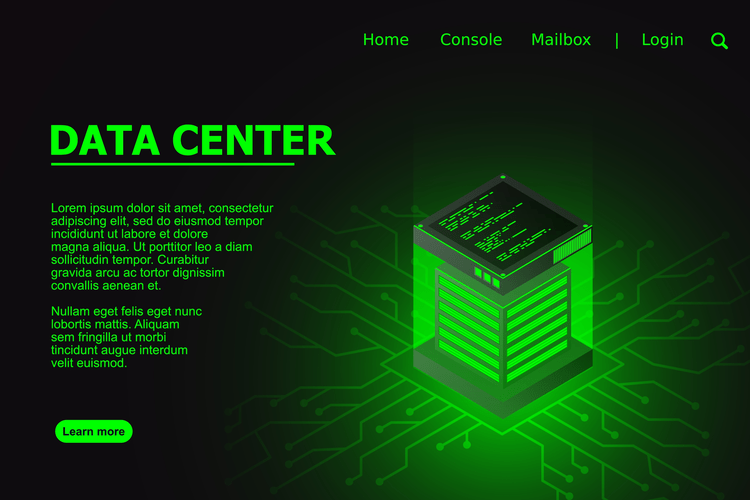With Docker we are wrapping our ASP.NET Core software within a Docker container. We are additionally using Docker Compose to group our Web utility container with a container operating the PostgreSQL database image. That method, we won’t have to have PostgreSQL installed on our system. Notice that we create a change expression across the exception instance and then perform a pattern matching primarily based on the exception sort.
- If you refer to ForCreation and ForUpdate DTOs, then these are validated with the attributes as a end result of we use them contained in the request in our actions.
- The application layer stands between the area layer and the infrastructure layer.
- The database context class is used to hold up the session with the underlying database utilizing which you’ll carry out the CRUD operation.
- We will do a simple test to make sure that our answer works.
- The testing pyramid is a great framework that lays out the various kinds of exams.
This layer often holds ORMs for ASP.NET to fetch/write to the database. The “Onion Architecture,” a extensively known software design, has a number of benefits for both businesses and developers. Some of the primary benefits of onion structure are listed beneath.
Presentation Layer
The solution is transferring the abstractions to the layer that uses it. You would move the abstractions to the business layer. This means, your DAL would reference/depend on the business layer in order that it’s implementations implement the abstractions which exist in the enterprise layer. Now, the enterprise layer can actually exist in complete isolation as far as dependencies are concerned.

The Application Layer is the second most inside layer of the architecture. Note that, ideally, you must all the time try to implement behaviors in Domain Models to avoid falling within the Anemic Domain Model pitfall. This rule additionally exists in other similar architectures, such as Clean Architecture. I assume it al depends on the amount of (query) flexibility you have to have from a front-end perspective. Thank you for the comment and your suggestions, I am fairly sure our readers will benefit from them. Of course, the main benefit of making the client app in C# is the possibility to share the code between the shopper and the server app.
Circulate Of Dependencies
This doesn’t imply after all, that the area classes can’t have any dependencies. Like it the example above — the code uses Lombok annotations, producing the boilerplate which otherwise must be written by the programmer. Onion architecture can be applicable to microservices when viewing each microservice in isolation. Each microservice has its personal model, its personal use instances and defines its personal external interfaces for retrieving or modifying the info.

We have now the knowledge of how the layer communicates with each other’s in onion architecture and how we can write the Generic code for the Interface repository and companies. Now we are in a position to develop our project utilizing onion structure for API Development OR MVC Core Based initiatives. This layer lies in the center of the architecture the place we now have application entities that are the applying model classes or database mannequin courses.
Software Structure & Layers
Repositories, external APIs, Event listeners, and all different code that take care of IO in some way ought to be applied in this layer. The software layer implements Application rules (sometimes referred to as use cases) as an alternative of Business guidelines. A Domain Service incorporates habits that is not connected to a selected area mannequin. It might be basically a operate, as a substitute of a technique.
When I think of layered structure, the sample I see plenty of is the interface and the implementation proper next to eachother. So for instance you may have a IPersonAccessor interface (I’m coming from C#) in MyApp.DAL/Personnel, then you would have a corresponding PersonAccessor class that implements the IPersonAccessor. That’s all great because it lets you swap out the implementation in the checks, nevertheless it doesn’t really decouple it further than that.
Presentation Layer:
The Service layer holds interfaces with widespread operations, corresponding to Add, Save, Edit, and Delete. Also, this layer is used to communicate between the UI layer and repository layer. The Service layer additionally could maintain enterprise logic for an entity. In this layer, service interfaces are stored separate from its implementation, preserving unfastened coupling and separation of concerns in thoughts.
It can additionally be possible to create more layers of abstractions relying on application wants. E.g. for smaller applications that don’t have plenty of enterprise logic, it won’t make sense to have area services. Regardless of layers, dependencies should at all times be from outer layers to internal layers. Different layers of onion architecture have a special set of obligations and accordingly, there are different testing strategies. The testing pyramid is a superb framework that lays out the various varieties of tests. Business rules that belong to the area mannequin, area companies and utility services ought to be tested through Unit Testing.

We keep all area objects that have business value within the core. We should never embody technological ideas like database, REST, or SQL. The core layer, being the central layer, does not even know that your domain, API, and infrastructure exist. Unlike human language, the place words might imply various things depending on context, software doesn’t handle ambiguity nicely. The major difference I actually have found in onion structure and layered structure is the placement of the abstractions.
Now, let’s take a look at some of the custom exceptions that we’ve contained in the Exceptions folder. The Onion architecture can be generally generally identified as the “Clean architecture” or “Ports and adapters”. These architectural approaches are simply variations of the identical theme. Much Cleaner Codebase with well-structured Projects for better understanding with teams.
Due to the ability to work on every layer independently, the separation of duties makes it simpler to change and maintain the code. Also, it results in shorter improvement periods for the explanation that code is easier to grasp and has fewer defects. Developers can create unit exams that validate the functioning of each element by segmenting this system into tiny, independent components.
All of the layers work together with one another strictly via the interfaces defined in the layers beneath. The flow of dependencies is towards the core of the Onion. We will clarify why that is important in the next section. This layering can help within the separation of concerns, subdividing the solution into smaller models so that every what is onion architecture unit is responsible for a particular task and likewise takes advantage of abstraction. For mid to larger scaled tasks where multiple groups work, layering has very apparent advantages up its sleeves. It lets a particular team or individual work on a selected layer without disturbing the integrity of the others.
In the Startup/ConfigureServices of the API project, add these lines to register the Versioning. As our ApplicationDbContext is configured, let’s generate the migrations and ultimately create a Database utilizing Ef Core Tools – Code First Approach. Now add a Product Class that inherits the Id from the BaseEntity.
Around the area layer are other layers, with extra behaviors. This layer, the outermost layer of Onion, is a spot the place all framework and know-how associated stuff goes. It tends to
Modifying the database modeling should not affect the software’s business rules. You ought to have the flexibility to easily take a look at your area logic.Then, we must always start thinking about separating completely different considerations into different units of code. You don’t modify the entity mannequin, it ought to be the illustration of your database desk. What you do is creating a brand new DTO which fits your needs and use the service layer to do some business logic to populate that DTO and return it as a result to the controller and to the shopper. How you are going to execute your small business logic is as a lot as you, but that’s exactly why you may have the service layer.
Query code may be contained in Repository, or Service layer, or Controller. In very bad projects will in all probability be contained in consumer (my colleagues have written some magic code to put in writing queries in WPF-client). What do you imply by Calculable properties, I’m unsure that I understand? Basically, any enterprise logic ought to be moved to the service layer, so sure, calculations go there as well.

Recent Comments